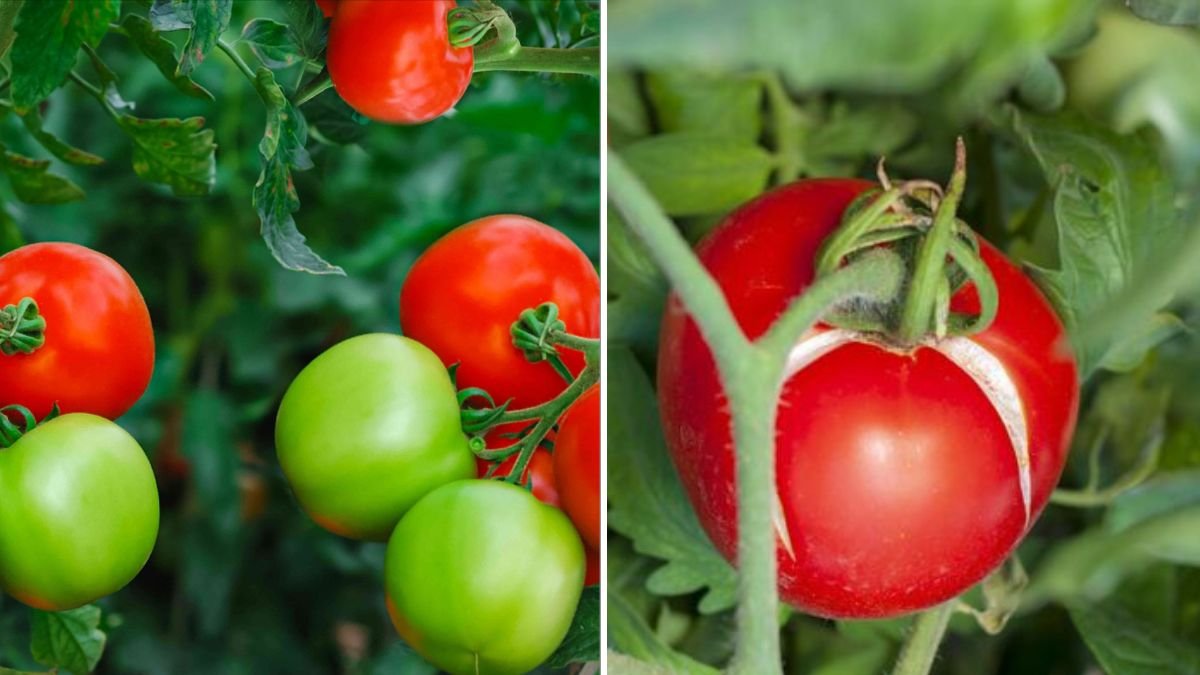Master the Art of Growing Beautiful, Crack-Free Tomatoes
Tomatoes are one of the most popular and rewarding vegetables to grow in a home garden. Their juicy, flavorful fruits are the cornerstone of countless dishes, from fresh salads to hearty sauces. But one common frustration many gardeners face is tomato splitting or cracking—where the skin of the tomato bursts open, often ruining the fruit’s appearance and shelf life.
If you’ve ever found your ripe tomatoes splitting just as they near harvest, you know how disappointing it can be. Fortunately, tomato splitting isn’t an inevitable fate. With the right knowledge and practices, you can significantly reduce or even eliminate this problem and enjoy beautiful, crack-free tomatoes all season.
This guide will dive into the causes of tomato splitting, preventive measures, and practical growing tips to help you grow tomatoes that stay intact and delicious.
Why Do Tomatoes Split?
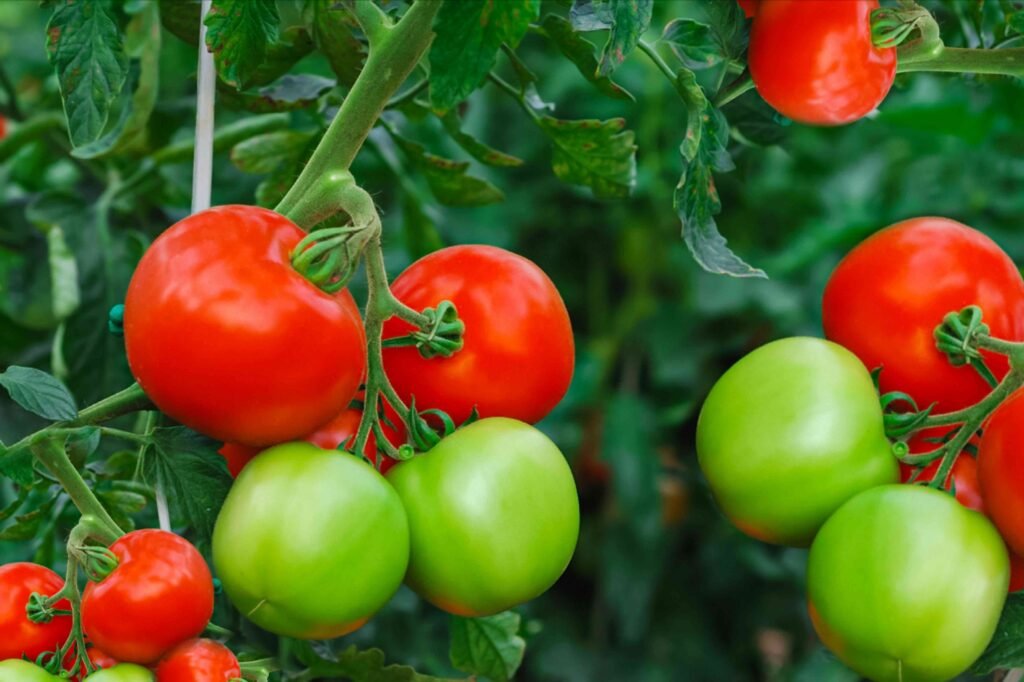
Understanding why tomatoes split is the first step to preventing it. The primary cause of tomato splitting is fluctuations in water availability.
How Splitting Happens
When a tomato plant suddenly takes up a lot of water—often after a dry spell followed by heavy watering or rain—the fruit swells rapidly. Since the skin grows slower than the inner flesh, the skin can’t stretch quickly enough, causing it to crack or split. This cracking can be:
- Radial (concentric) cracks: Circular cracks around the stem end.
- Longitudinal cracks: Cracks running from top to bottom of the fruit.
Other factors that contribute to splitting include:
- Variety susceptibility: Some tomato varieties have thinner skins and are more prone to splitting.
- Overripe fruit: Tomatoes left on the vine too long become softer and more likely to crack.
- Environmental stresses: Extreme heat, sunscald, and poor soil conditions can weaken the skin.
Choosing the Right Varieties: The First Step to Crack-Free Tomatoes
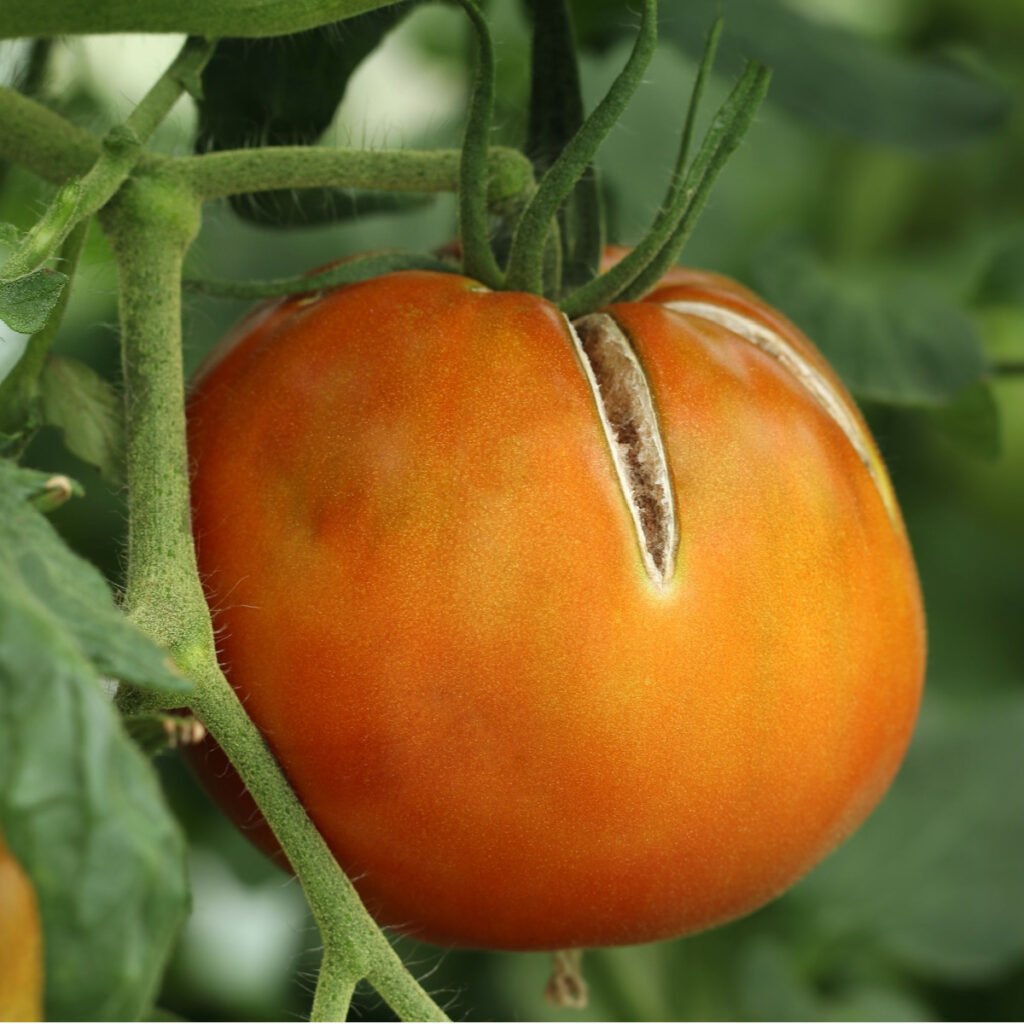
Some tomato varieties are naturally more resistant to splitting because of their thicker skin or genetic traits.
Recommended Crack-Resistant Varieties:
- ‘Roma’ or Plum Tomatoes: These paste tomatoes have thicker skins and dense flesh, making them less prone to cracking.
- ‘San Marzano’: Another paste variety favored for sauce-making and crack resistance.
- ‘Celebrity’: A hybrid variety known for crack resistance and good yield.
- ‘Juliet’ Grape Tomato: Small, sweet tomatoes with tough skins.
- ‘Rutgers’: An old-time favorite with a balance of flavor and crack resistance.
By starting with crack-resistant varieties, you reduce the likelihood of splitting even before environmental conditions come into play.
Soil Preparation: Build a Strong Foundation
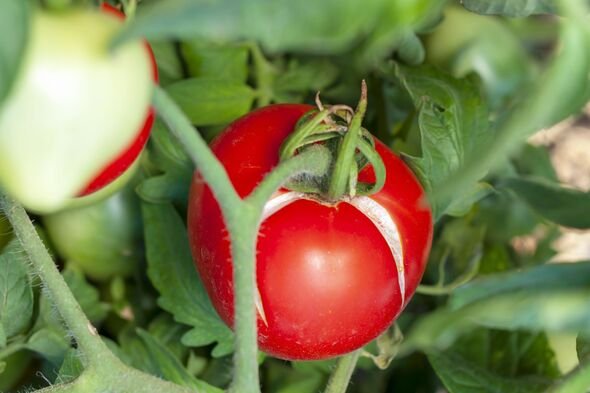
Healthy tomato plants with steady growth are less likely to produce splitting fruit. Soil quality plays a crucial role.
Tips for Soil Preparation:
- Well-draining soil: Tomatoes dislike “wet feet.” Ensure soil drains well to avoid waterlogging.
- Rich organic matter: Add compost or well-rotted manure to improve fertility and moisture retention.
- Balanced pH: Tomatoes prefer slightly acidic soil (pH 6.0-6.8). Conduct a soil test and amend accordingly.
- Mulch: Apply organic mulch (straw, leaves, or grass clippings) around plants to help regulate soil moisture and temperature.
Watering: The Key to Preventing Splitting
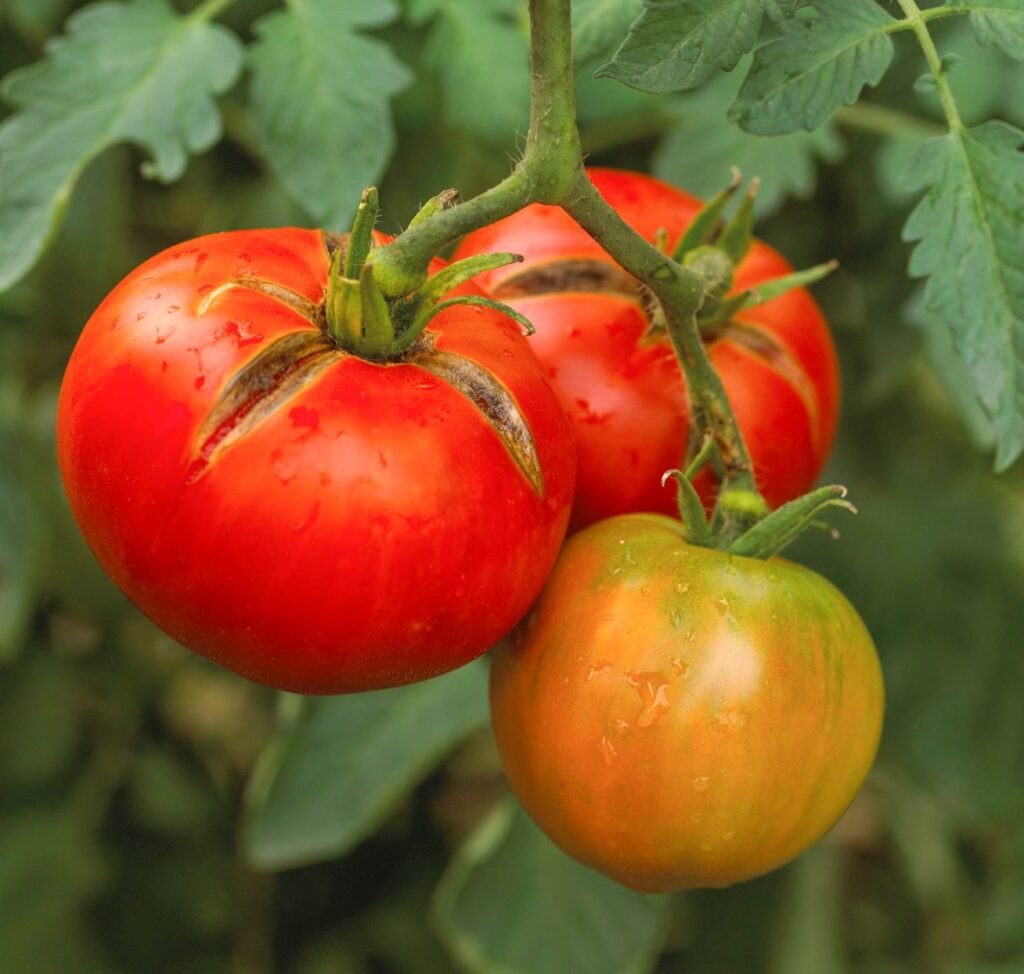
Inconsistent watering is the number one cause of tomato splitting. Avoid letting plants dry out completely then overwatering to compensate.
Best Practices for Watering Tomatoes:
- Water deeply and regularly: Aim for consistent soil moisture to keep tomatoes growing steadily. About 1-2 inches of water per week, adjusted for rainfall, is ideal.
- Use drip irrigation or soaker hoses: These provide water directly to the roots and reduce water loss by evaporation.
- Water in the morning: Early watering allows leaves to dry during the day, preventing fungal diseases.
- Avoid overhead watering: Wet leaves increase disease risk and don’t help prevent splitting.
- Mulch heavily: Mulching helps maintain even soil moisture and reduces the risk of splitting due to water fluctuations.
Pruning and Plant Care: Promote Healthy Growth
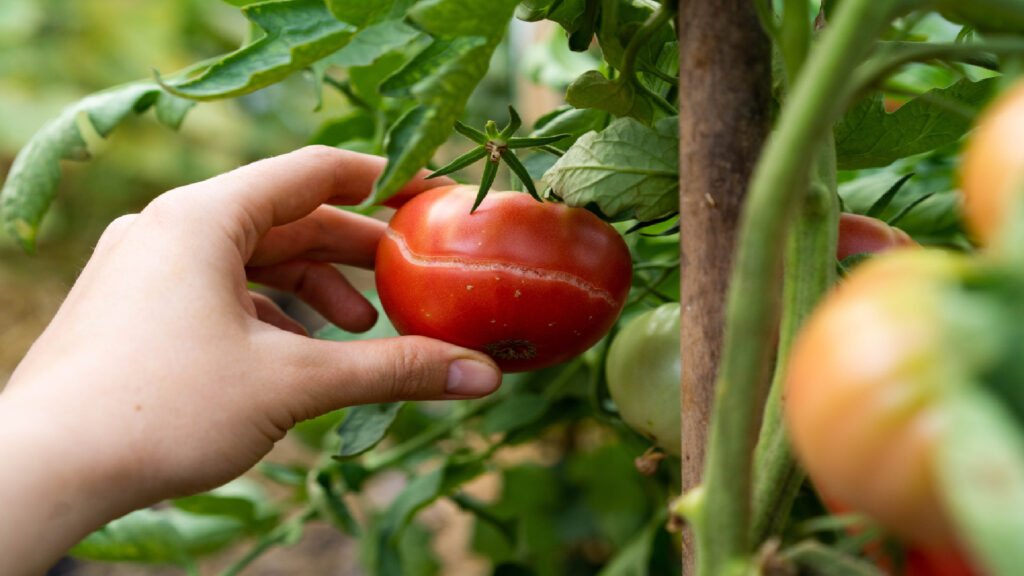
Healthy plants with good airflow and balanced growth are less stressed and more resilient to splitting.
Tips for Pruning and Care:
- Remove suckers: These are the small shoots that grow between the main stem and branches. Removing suckers directs energy to fruit development.
- Stake or cage plants: Support prevents fruit from resting on the soil where moisture variations are more extreme.
- Avoid excessive nitrogen fertilizer: Too much nitrogen encourages leafy growth but weakens fruit skin.
- Control pests and diseases: Healthy plants are less prone to splitting.
Harvesting Tomatoes: Timing Is Everything
Leaving tomatoes on the vine too long can increase the risk of splitting, especially during wet weather.
How to Harvest to Avoid Splitting:
- Pick tomatoes as soon as they are ripe but firm.
- If you expect rain, harvest mature fruit early to prevent excessive water uptake.
- Store harvested tomatoes at room temperature to maintain flavor and firmness.
- Avoid refrigeration unless fully ripe and ready to use.
Additional Tips to Prevent Tomato Splitting
1. Grow Tomatoes in Containers
Container growing allows you to better control soil moisture, temperature, and drainage.
2. Use Rain Covers or Row Covers
Protect your plants during heavy rains to prevent sudden water surges.
3. Avoid Excessive Heat Stress
Provide shade during the hottest parts of the day in very hot climates to reduce stress on the plant.
4. Plant Tomatoes Deeply
Tomatoes develop roots along their buried stems, resulting in a stronger, healthier root system that stabilizes water uptake.
Common Myths About Tomato Splitting
- Myth: Spraying tomato plants with water causes splitting.
The issue is not spraying itself but uneven soil moisture. Overhead watering is discouraged to reduce disease, but splitting is mostly about water fluctuations. - Myth: Only heirloom tomatoes split.
While heirlooms can be more delicate, many hybrids and paste tomatoes also split if watering is inconsistent.
Troubleshooting Tomato Splitting
If you notice splitting despite your best efforts:
- Check for irrigation problems.
- Mulch and water more consistently.
- Remove and compost cracked fruit to reduce disease risk.
- Consider switching to more resistant varieties next season.
Conclusion: Growing Crack-Free Tomatoes Is Achievable!
Tomato splitting can be frustrating, but with the right combination of variety choice, soil preparation, watering strategy, and general care, you can significantly reduce this problem. The key is consistent watering, healthy soil, and timely harvesting.
By implementing these strategies, your garden will reward you with vibrant, unblemished tomatoes bursting with flavor and freshness. Whether you’re a seasoned gardener or just starting out, mastering the art of crack-free tomato growing will elevate your homegrown harvest to the next level.
Happy gardening—and may your tomatoes always stay perfectly whole!
